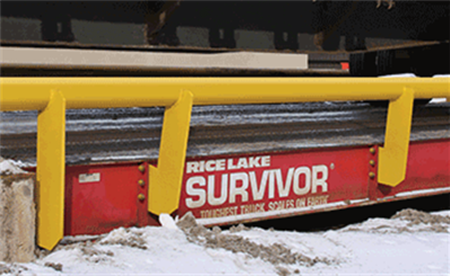Paving the Path of Progress: Asphalt Producers, Weighing Equipment, and the Raleigh-Durham Roadway Boom
The Raleigh-Durham area of North Carolina has experienced rapid population growth in recent years, with an influx of new residents seeking the region’s thriving job market, educational opportunities, and cultural attractions. To accommodate this exponential growth, a vast network of roads is being built, modified, or widened to connect communities and ensure efficient transportation. However,… Read More »

